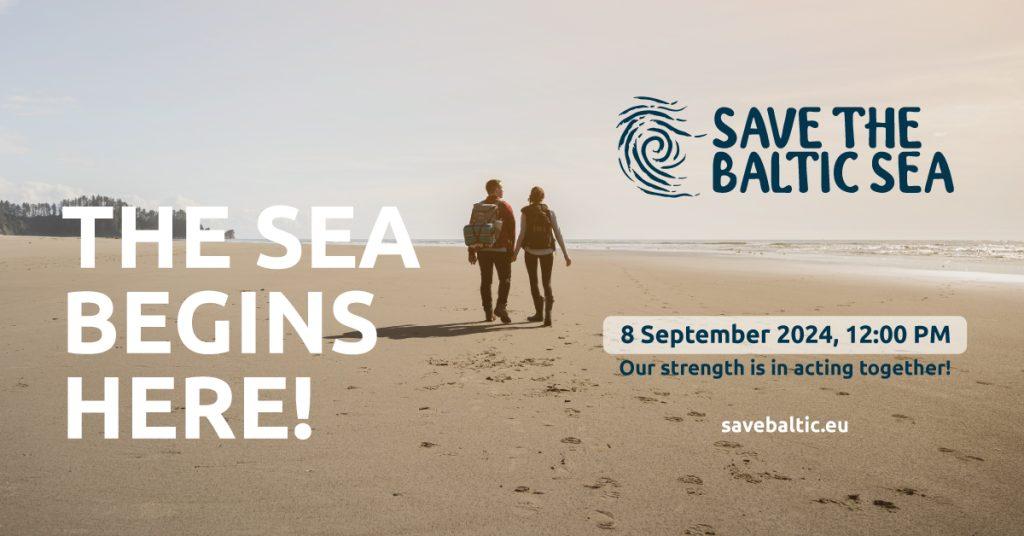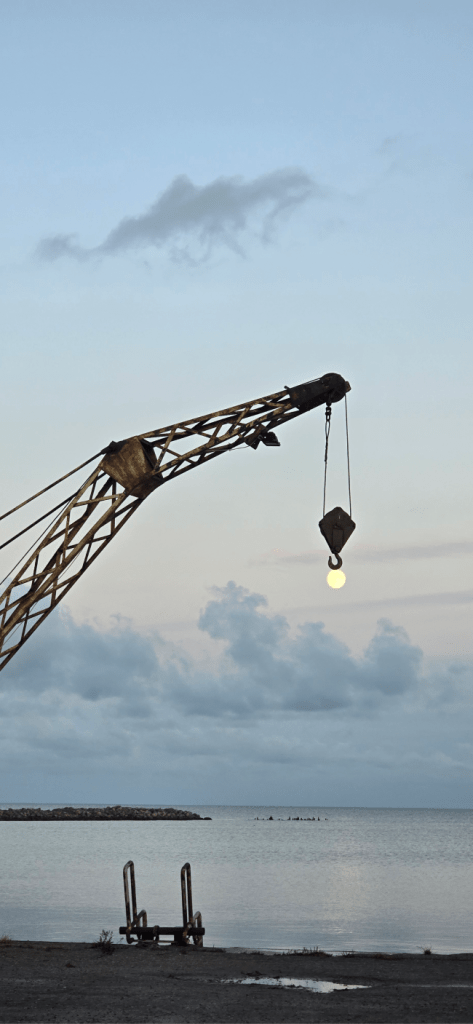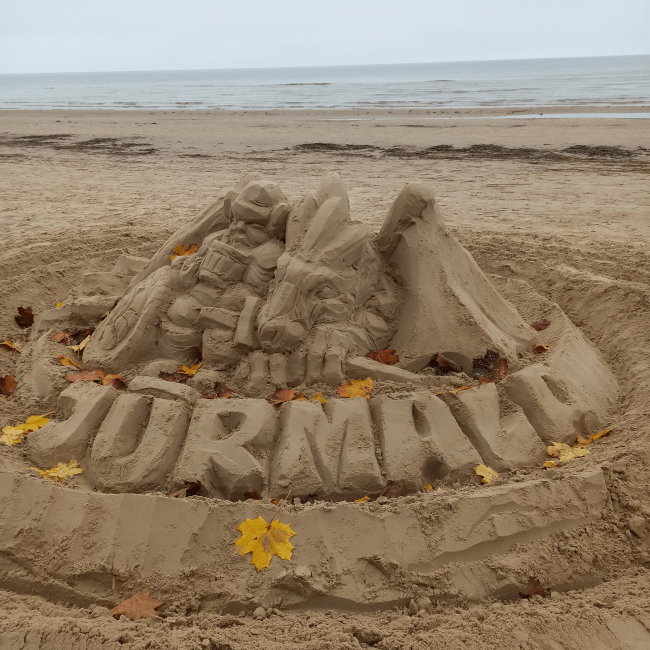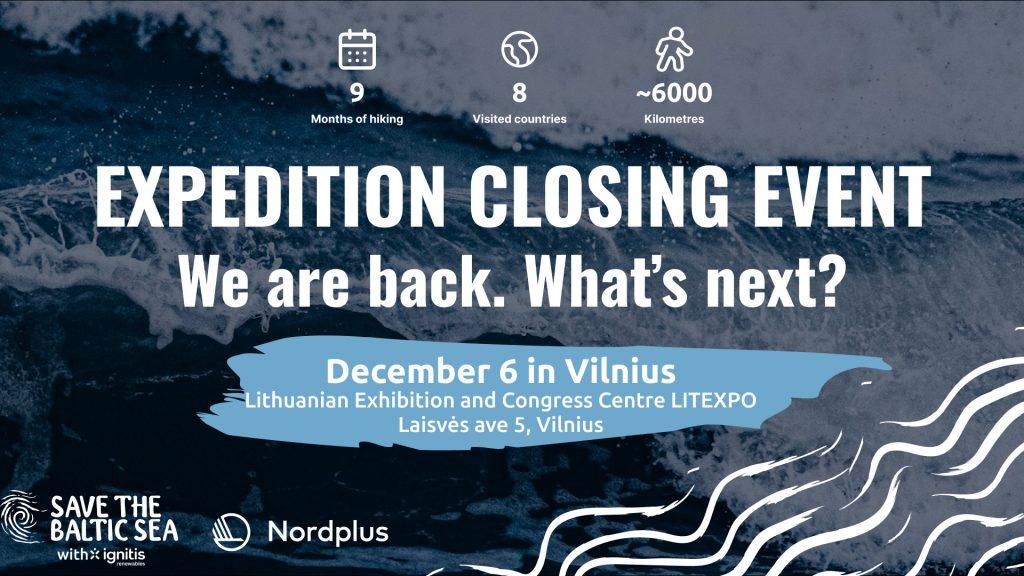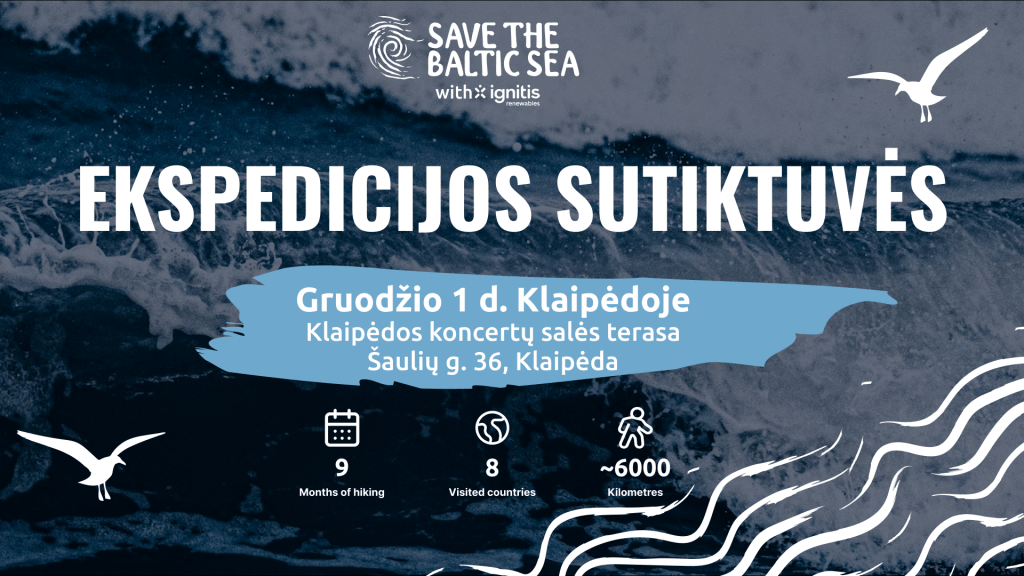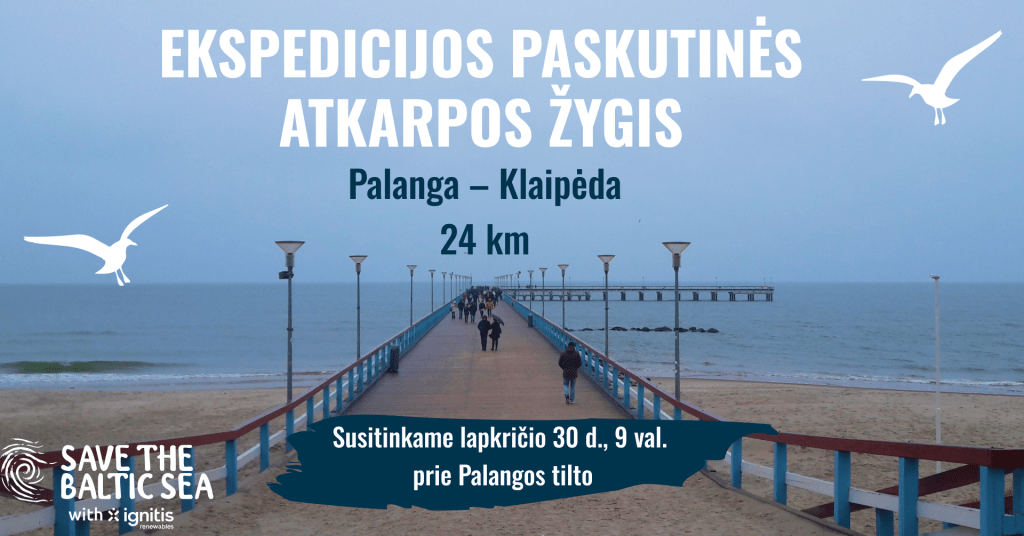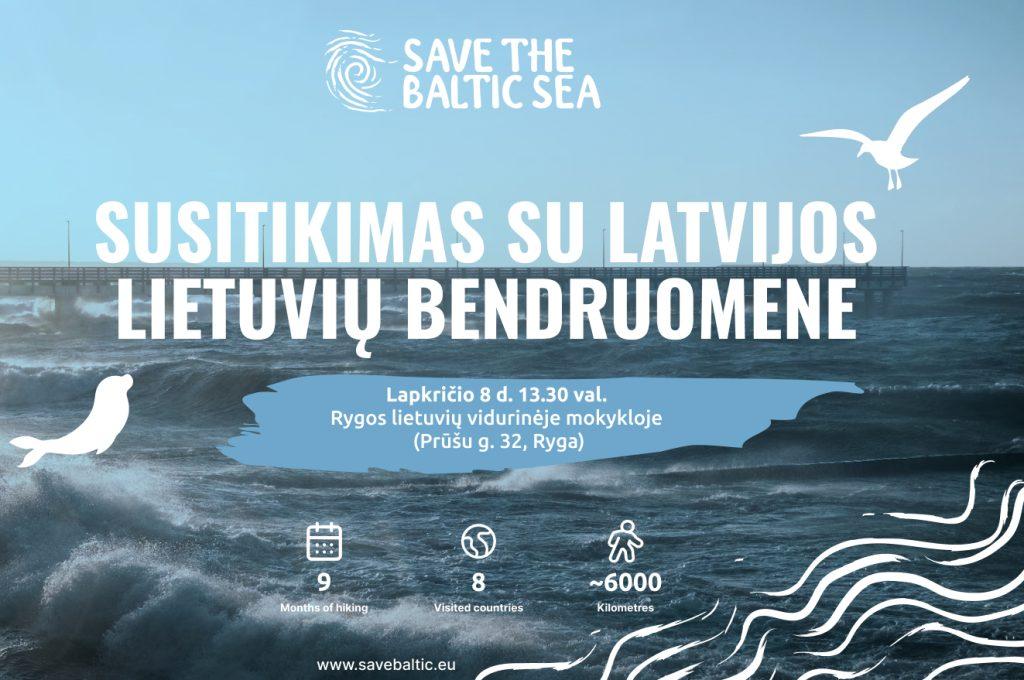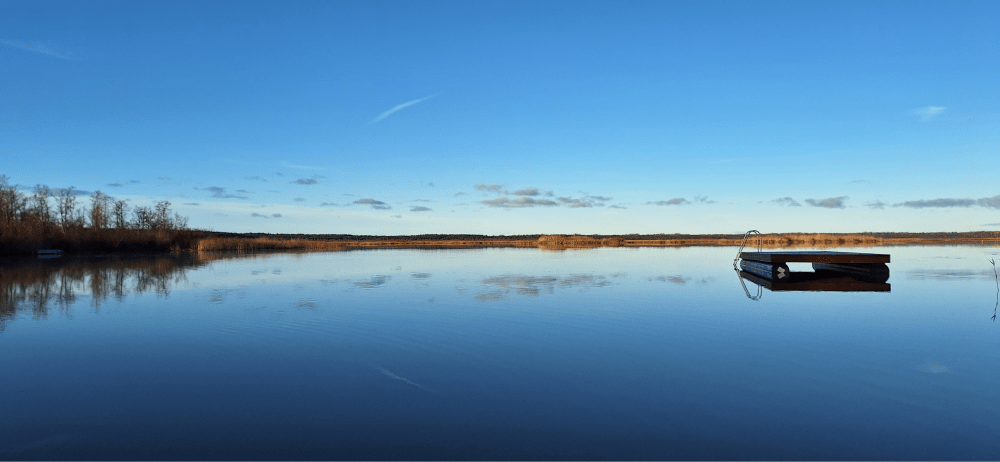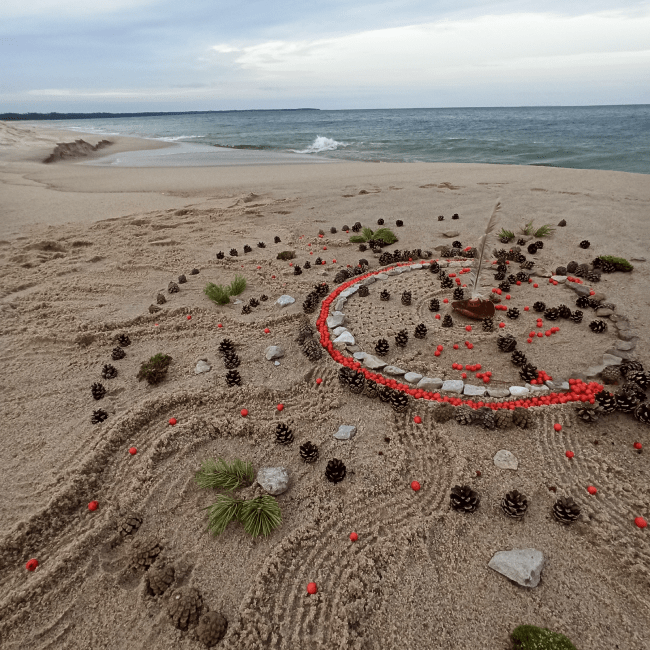Baltic biodiversity: how well do you know your coast?
Aug. 02, 2024
Photo: iStockphoto.com
Plastic marine pollution. Seal caught in tangled nylon fishing net. This curious wild animal was attracted to the rope and net and enjoyed playing
Recent HELCOM reports reveal depleted biodiversity, ecosystems out of balance, and unsustainable practices in the Baltic Sea. As consumers, we retain the right to make informed decisions and can greatly reduce these impacts. With Save The Baltic Sea, you can learn what is at stake, what needs protecting, and create waves of change from home.
What’s in the Baltic Sea?
Home to several thousands of known species, the Baltic Sea still has relatively low diversity compared with other marine and freshwater ecosystems. This is due to its unique mix of fresh and salty water (called ‘brackish’), young geological age, and surrounding land-masses. Young seas undergo decades of turbulent changes, meaning fluctuations in environmental factors such as salinity, oxygen and temperature. This kind of environment makes it hard for new species to establish themselves and settle.
Brilliant biodiversity
The term ‘biodiversity’ refers to the amount of different organisms and habitats within an ecosystem. Having a high level of biodiversity boosts the ability of an ecosystem to adapt to changes such as global warming. Think of it like an inbuilt immune-system! Not only this, but high marine biodiversity also supports essential sea-based activities such as fishing.
The nerdy bit
Marine ecosystems rely on three types of biodiversity:
- Species diversity – the more species an ecosystem can host, the greater its productivity and stability over time.
- Genetic diversity – the power-house behind species’ adaptation to changing conditions
- Functional diversity – enables clear functions, roles, and duties in an ecosystem such as predators, habitat-builders, and prey.
The very nature of the Baltic Sea means it is low in all three types of diversity. Focusing on improving and protecting biodiversity is therefore essential to keeping this ecosystem afloat.
Who goes there?
Even with its largely planktonic-based community, the Baltic Sea is home to some rather special, charismatic species we all know and love. These include marine mammals such as grey seals, ringed seals, and harbour porpoises.
But if we look beneath the surface, the Baltic Sea ecosystem is constructed by different groups. This diagram shows you how the groups link together to form a ‘food web’.
Here, the top predators are marine mammals, seabirds and some species of fish. Habitat-builders include seaweeds and grasses, which support a community of phytoplankton zoobenthos such as crabs, worms and other invertebrates. ‘Primary producers’ such as phytoplankton form the basis of many marine foodwebs, and the Baltic Sea is no exception. It is clear that planktonic groups also support many of the other groups, and that marine ecosystems are intricate, interwoven webs.
HELCOM to the rescue
The Helsinki Commission (HELCOM) was established in 1974 to ‘protect the marine environment of the Baltic Sea from all sources of pollution’ and address the poor state of this ecosystem. This led to developing the Baltic Sea Action Plan (2021), a series of strategies and goals to lead the Baltic Sea towards a ‘healthy state’. The biodiversity goal in particular is to reach “favourable conservation status”.
In their most recent report on biodiversity, HELCOM reported that:
“Species and communities at all levels of the food web have at least partially inadequate environmental status across the full spatial extent of the Baltic Sea” – HELCOM thematic assessment of biodiversity in the Baltic Sea (2023a)
How are things panning out?
Like with species biodiversity, having many habitat types makes an ecosystem more resilient to changes and able to host more species. Sadly, the status of Baltic Sea habitats leaves a lot to be desired. In 2009, all Baltic countries were host to habitats “unfavourable”, “heavily endangered” and “endangered” categories (see diagram below).
Fast forwards to 2023, and has anything changed? The diagram below shows that only a handful of pelagic habitats have reached “good” status, with much work remaining to be done for the rest. We’ll investigate why these habitats have poor environmental status in the next few articles.
What can I do?
HELCOM and other vital institutions throughout the Baltic are tackling wide-scale issues such as reducing biodiversity losses and managing environmental pollution. You can play your part through making informed decisions and getting involved with Save The Baltic Sea.
Here are some habits you can easily integrate into daily life:
- Make informed decisions about which fish to buy. The Good Fish Guide (linked) is a resource designed specifically for this purpose. You can learn all sorts of cool facts about which fishes are declining or on the up. Being informed is on-trend, and we are so here for it.
- Look for brands that prioritise reducing bycatch and practise sustainable fishing. Baltic Fish (linked) is another great resource to learn from, and is more specific to the Baltic Sea.
- Leave no trace. When you finally get to have that glorious beach-day, take your litter home with you and ensure fires are fully extinguished before leaving. We love a cosy evening on the shore, but so do marine creatures! Remember it’s a shared space, and just because you don’t see the wildlife doesn’t mean they aren’t home.
- Admire it and put it back. This one is for everyone, but especially to educators! If you’re exploring the beach or rocky shores, it’s great to seek out marine life and teach people about the wonders of the ocean. However, if you must lift a rock or shell to find sea creatures, please put it back in the same place. Moreover, refrain from taking shells home with you – that’s someone’s home! Beach debris and shells are vital sources of food and building material for seabirds and invertebrates, so if you remove them from the beach there is simply less to go around.
Lastly.. read the next article! Staying educated and up-to-date is one of the best things you can do for this vulnerable ecosystem. Getting to know your own coastline means you’re one step closer to protecting it, and helping others to use it more sustainably too. This is what being an ocean advocate is all about – creating waves of change, for good.
Save The Baltic Sea invites people to join together, which you can do through donating or getting involved as a volunteer or partner. Get stuck in!
Sources:
BSEP116A Biodiversity in the Baltic Sea, Executive Summary (helcom.fi)
helcom.fi/wp-content/uploads/2021/10/Baltic-Sea-Action-Plan-2021-update.pdf
Status-chapter.pdf (helcom.fi)
Written by marine biologist Eloise M. K. Holmes.
